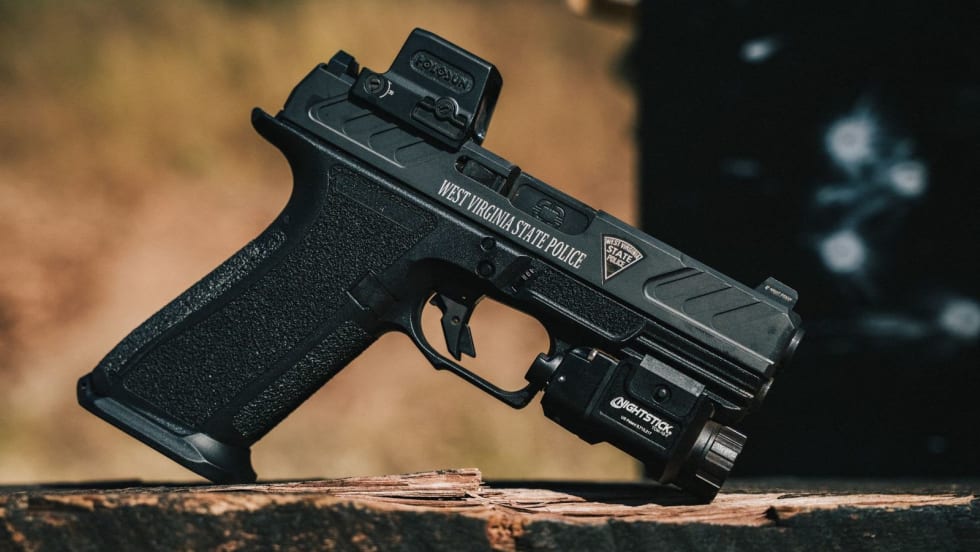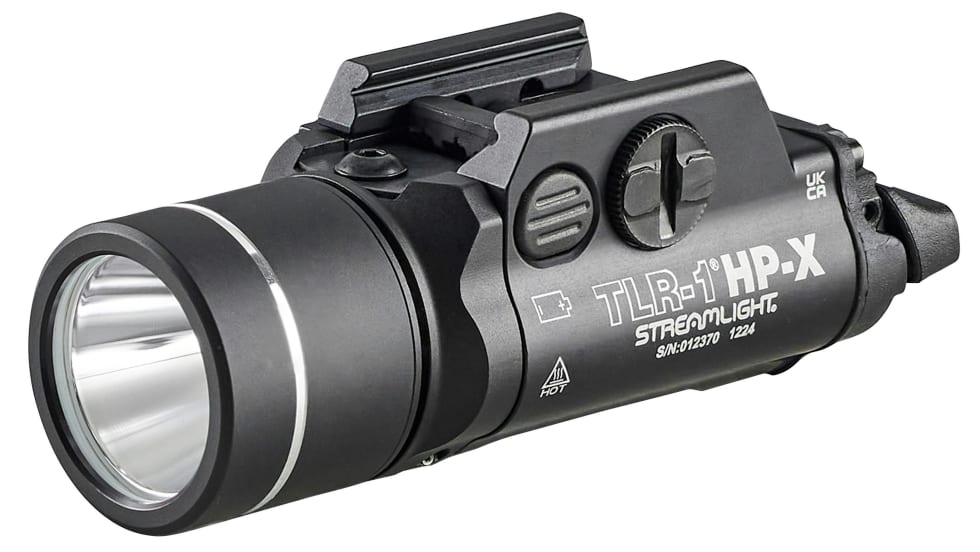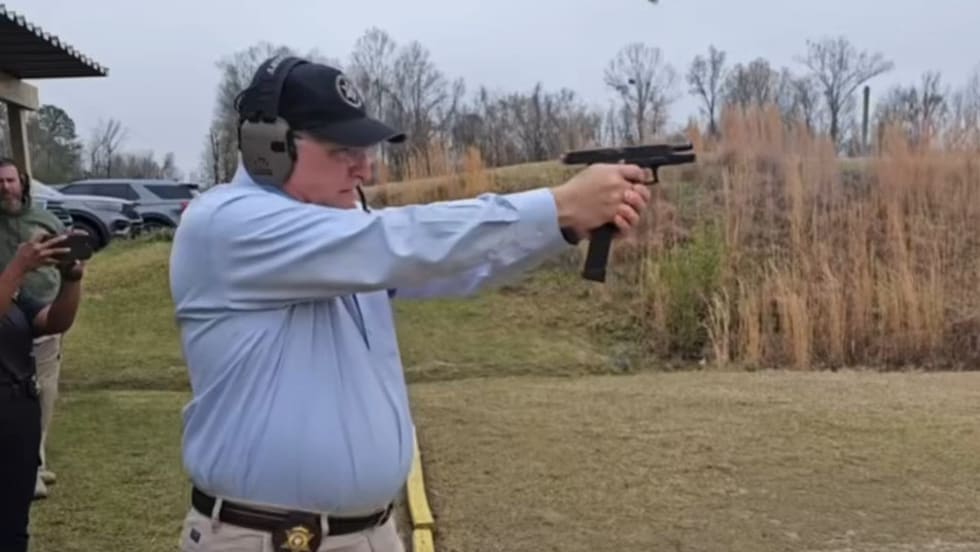Field disassembly and cleaning of the M&P is a breeze via the simple and easy-to-use take-down lever. Simply lock the slide to the rear, flip the lever, pull the trigger, and the slide comes off easily. Lift out the captured recoil spring and the barrel comes out as well, leaving you with only three items to clean. A stiff nylon brush, a few bore patches, and a rag can knock this out in minutes. The lower requires no disassembly and almost no lubrication. As I do with my other polymer duty guns, I just blow it out with compressed air and wipe it down with a cleaning rag. It doesn't get much easier than that.
On the Range
I'm not a competition shooter nor do I necessarily care about home defense, carrying comfort, or how "pretty" any given weapon system is. I'm a cop and my duty weapon is a tool. I need it to be accurate and dependable. So when I test weapons I only test those that would have a law enforcement application, and I test them in a manner consistent with how a law enforcement officer will use them. So, in the case of the new M&P, I spent no time shooting from a bench, using a chronometer to test muzzle velocity, or proned out at the 100-yard line to see how well I could hit a target from extreme distance. The reality is none of these things matter for a gun that lives in a duty holster. What does matter is how well it is able to hit targets and run reliably under extreme stress and in the most adverse conditions. In other words, it needs to take a beating and keep on ticking.
Hornady, Federal, and Speer were gracious enough to provide me with an incredible variety of 9mm ammunition for my test; some duty-grade and some practice. Between the seven different kinds of 9mm ammunition I was given for this review, there were four different bullet-weights; 115-grain, 124-grain, 135-grain, and 147-grain. (See "Ammo Used in This Test" on page 20.) Generally speaking, lighter bullets have greater muzzle velocity but a shorter maximum effective range. The opposite is true with heavier bullets. This is much more significant in rifles than pistols but does become important when evaluating felt recoil, especially between standard and subcompact pistols. I generally favor a lighter bullet for my subcompact guns, as that just makes them easier to shoot. For a duty gun such as the M&P, I'd lean toward a heavier bullet. The large frame can handle the larger bullet weight, and the additional mass helps terminal ballistics. That said, whatever you choose for your gun should be thoroughly vetted at the range.
All of my shooting with the M&P was done from the 25-yard line and in. Those are the distances of our AZPOST pistol qualification and for good reason; they're where we're going to encounter the vast majority of our gunfights.











